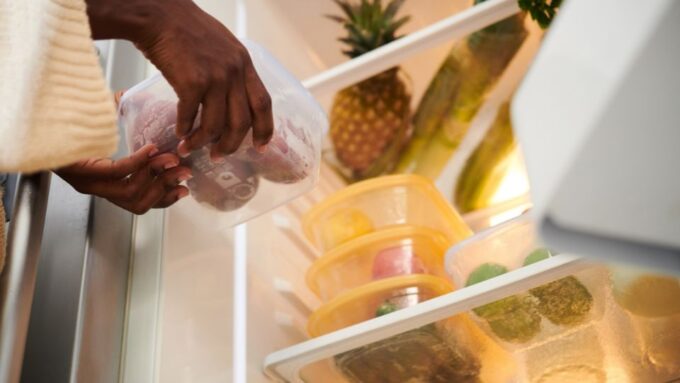
Properly storing leftovers is essential for maintaining food quality and safety. Not only does it prevent waste, but it also ensures that your next meal is just as delicious as the first. This guide will help you discover the best ways to store your leftovers at home, providing practical advice and expert tips for home cooks.
Storage Best Practices
Before storing any leftovers, ensure you cool them to room temperature. Placing hot food directly into the fridge or freezer can raise the internal temperature, potentially causing other items to spoil. Divide large batches into smaller, shallow containers to speed up the cooling process and maintain freshness.
Refrigeration Guide
Knowing what to refrigerate and for how long is key to keeping your food fresh. Generally, you should store cooked leftovers in the fridge within two hours of cooking. These items can last for about three to four days. This will ensure you safely consume the food within this timeframe to enjoy its rich flavors.
Freezing Techniques
Freezing extends the life of your leftovers significantly. To maintain quality, use heavy-duty freezer bags or airtight containers. Remove as much air as possible to avoid freezer burn. Label each container with the date and contents to keep track of your frozen goods. For best results, consume frozen leftovers within three months.
Pantry Storage
Not all leftovers require refrigeration or freezing. You can safely store some homemade items in the pantry, like bread and certain types of cookies. Ensure a cool, dark, and dry environment to maintain the quality of these items.
Recommended Containers
Choosing the right containers for different foods makes a big difference. Glass containers are excellent for acidic foods like tomato-based dishes, as they don’t react with the food. Plastic containers can be convenient, but knowing which plastic is safest for food storage is important. Look for BPA-free containers to make sure they don’t leach harmful chemicals into your food. Silicone bags are a great eco-friendly option for both refrigerated and frozen leftovers.
Labeling Strategy
To avoid wasting food, label your leftovers with the date you stored them. Use freezer tape and a permanent marker for easy visibility. This practice helps ensure you consume your leftovers before spoiling, making meal planning more efficient.
Creative Leftover Ideas
Leftovers don’t have to be boring. Get creative by repurposing them into new meals. Turn roasted chicken into a hearty soup, or use leftover vegetables in a stir-fry. Transform your pumpkin gnocchi with smoked ricotta into a delicious baked casserole for a quick and satisfying meal.